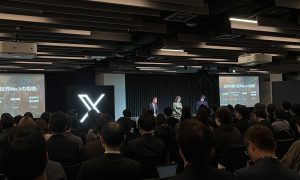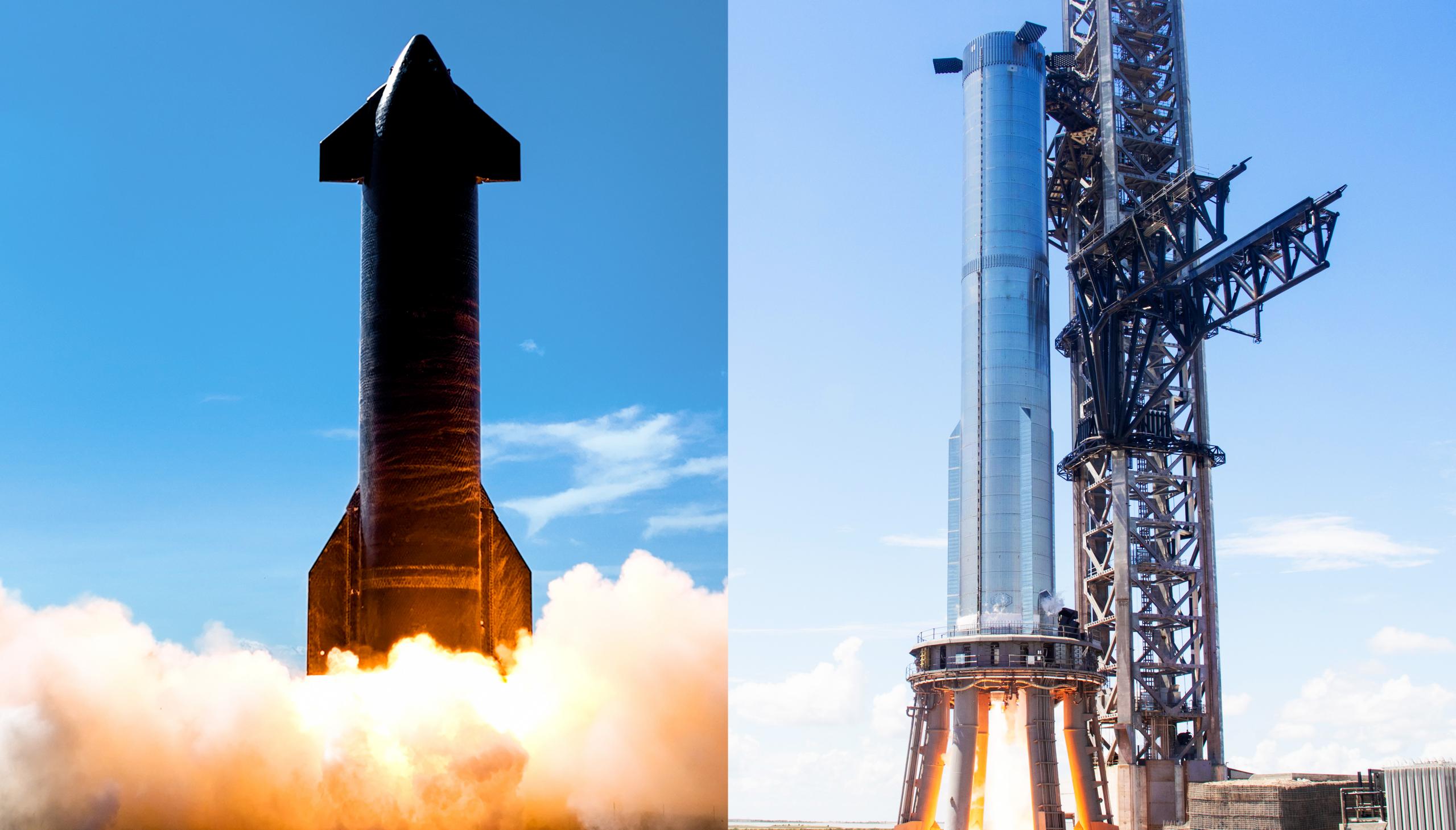

News
SpaceX’s first orbital Starship launch “highly likely” in November, says Elon Musk
CEO Elon Musk says that it’s “highly likely” SpaceX will be ready to attempt its first orbital Starship launch in November 2022, and possibly as early as late October. But many major hurdles remain.
Adding to a welcome burst of insight into SpaceX’s fully-reusable Starship rocket program, Musk took to Twitter on September 21st to provide a bit more specific insight into the company’s next steps towards a crucial orbital launch debut. On September 19th, the CEO revealed that SpaceX would roll the Starship booster (B7) currently assigned to that debut back to the factory for mysterious “robustness upgrades” – an unexpected move right after a seemingly successful and record-breaking static fire test.
Two days later, Musk has indicated that those upgrades might involve fortifying Super Heavy Booster 7’s thrust section to ensure it can survive Raptor engine failures. With 33 Raptor V2 engines powering it and plenty of evidence that those Raptors are far from perfect reliability, the concern is understandable, even if the response is a bit different than SpaceX’s norm.
Prior to the start of preparations for Starship’s orbital launch debut, SpaceX sped through Starship development like it wanted to destroy as many rockets as possible – which, to some extent, it did. Rather than spend 6-12 months fiddling with the same few prototypes without a single launch attempt, SpaceX churned out Starships and test articles and aggressively tested them. A few times, SpaceX pushed a little too hard and made avoidable mistakes, but most of the failures produced large amounts of data that was then used to improve future vehicles.
The holy grail of that project was high-altitude Starship flight testing, which saw SpaceX finish, test, and launch a new Starship five times in six months, and culminated in the first fully successful high-altitude Starship launch and landing in May 2021.
In comparison, SpaceX’s orbital flight test preparations have been almost unrecognizable. While a good amount of progress has been made in the 16 months since SN15’s successful launch and landing, it’s clear that SpaceX has decided against taking significant risks. After spending more than six months slowly finishing and testing Super Heavy Booster 4 and Starship 20, the first orbital-class pair, SpaceX never even attempted a single Booster 4 static fire and unceremoniously retired both prototypes without attempting to fly either.
Without info from Musk or SpaceX, we may never know why SpaceX stood down B4 and S20, or why the company appears to have revised its development approach to be a bit more conservative after clearly demonstrating the efficacy of moving fast and taking big risks. It’s possible that winning a $3 billion contract that places Starship front and center in NASA’s attempt to return astronauts to the Moon has encouraged a more careful approach. SpaceX won that contract in April 2021.
Even in its more cautious third phase, Starship development is still extraordinarily hardware-rich, moving quickly, and uncovering many problems on the ground in lieu of learning from flight tests. But that doesn’t change the fact that the third phase of Starship development (H2 2021 – today) is proceeding more carefully than the first (Q4 2018 to Q4 2019) and second (Q1 2020 – Q2 2021) phases.
Nonetheless, SpaceX appears to finally be getting closer to Starship’s first orbital launch. According to Musk, the company could be ready for the first launch attempt as early as late October, but a November attempt is “highly likely.” He believes that SpaceX will have two pairs of orbital-class Starships and Super Heavy boosters (B7/S24; B8/S25) “ready for orbital flight by then,” potentially enabling a rapid return to flight after the first attempt. Musk is also excited about Super Heavy Booster 9, which has “many design changes” and a thrust section that will fully isolate all 33 Raptors from each other – crucial for preventing the failure of one engine from damaging others.
Meanwhile, as Musk forecasted, Super Heavy Booster 8 rolled to the launch pad on September 19th and will likely be proof tested in the near future while Booster 7 is upgraded back at the factory.
Encouraging as that may be, history has shown that reality – particularly when it involves Starship’s orbital launch debut – can be quite a bit different than the pictures Elon Musk paints. In September 2021, for example, Musk predicted that SpaceX would conduct the first Super Heavy static fire at Starbase’s orbital launch pad later that month. In reality, that crucial test occurred 11 months later (August 9th, 2022) and used an entirely different booster.
This is to say that significant progress has been made in the last few months, but SpaceX has a huge amount of work left, almost all of which lies in uncharted terrain. Starship 24, which completed its first six-engine static fire earlier this month, is currently undergoing strange modifications that seem to imply that the upper stage is not living up to SpaceX’s expectations. It’s unclear if additional testing will be required.
Super Heavy B7 is headed back to the factory for additional work after a successful seven-Raptor static fire. Once it returns to the pad, the sequencing isn’t clear, but SpaceX will need to complete the first full Super Heavy wet dress rehearsal (fully loading the booster with thousands of tons of flammable propellant) and the first full 33-Raptor static fire. It remains to be seen if SpaceX will continue its conservative approach (i.e. testing one, three, and seven engines over six weeks) or jump straight from seven- to 33-engine testing.
It’s also unclear where Ship 24 fits into that picture. SpaceX will eventually need to (or should) conduct a full wet dress rehearsal of the fully stacked Starship and may even want to attempt a 33-engine static fire with that fully-fueled two-stage vehicle to truly test the rocket under the same conditions it will launch under. Will SpaceX fully stack B7 and S24 as soon as the booster returns to the pad, risking a potentially flightworthy Starship during the riskiest Super Heavy tests yet?
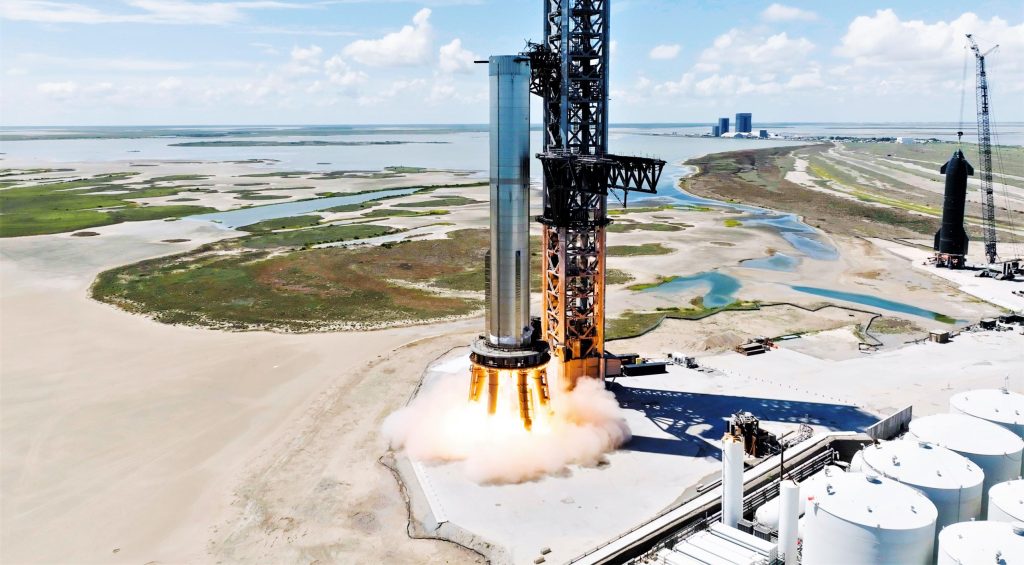
SpaceX’s last year of activity suggests that the company will choose caution and conduct wet dress rehearsals and 33-engine static fires before and after stacking, potentially doubling the amount of testing required. One or several more tests will also be required if SpaceX decides to gradually build up to 33 engines, which is the approach that all Booster 7 activity to date suggests SpaceX will take.
Either way, it will be a major challenge for SpaceX to have a fully-stacked Starship ready to launch by the end of November. If any significant problems arise during any of the several unprecedented tests described above, Musk’s predicted schedule will likely become impossible. As a wildcard, the Federal Aviation Administration (FAA) has yet to issue SpaceX a license or experimental permit for orbital Starship launches, either of which is contingent upon dozens of “mitigations.”
This isn’t to say that it’s impossible for an orbital Starship launch attempt to occur in November. But factoring in the many issues Booster 7 and Ship 24 have experienced during much simpler tests, it’s becoming increasingly implausible that SpaceX will be ready to launch the pair before the end of 2022. Stay tuned.
News
Tesla cleared in Canada EV rebate investigation
Tesla has been cleared in an investigation into the company’s staggering number of EV rebate claims in Canada in January.
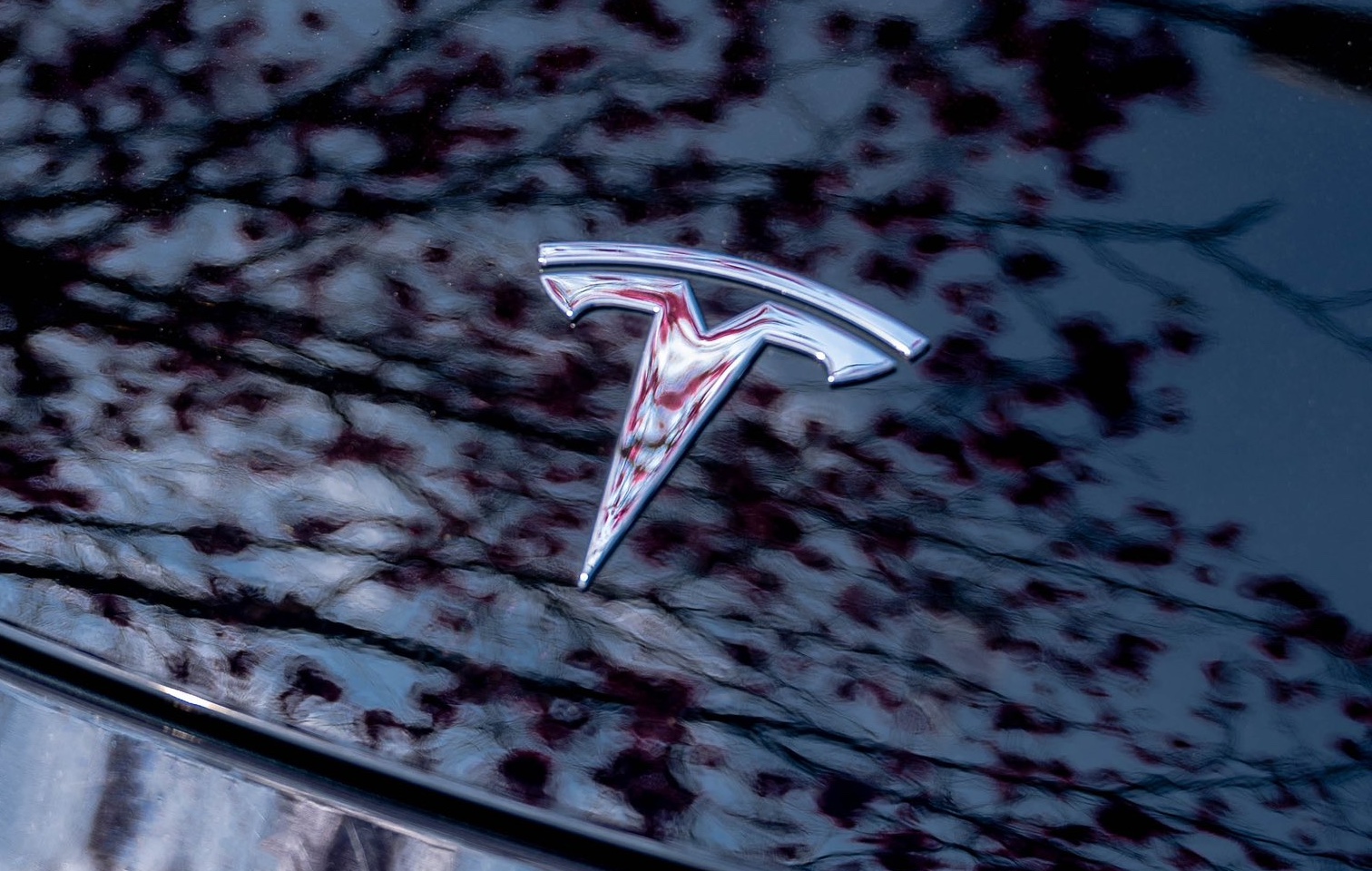
Canadian officials have cleared Tesla following an investigation into a large number of claims submitted to the country’s electric vehicle (EV) rebates earlier this year.
Transport Canada has ruled that there was no evidence of fraud after Tesla submitted 8,653 EV rebate claims for the country’s Incentives for Zero-Emission Vehicles (iZEV) program, as detailed in a report on Friday from The Globe and Mail. Despite the huge number of claims, Canadian authorities have found that the figure represented vehicles that had been delivered prior to the submission deadline for the program.
According to Transport Minister Chrystia Freeland, the claims “were determined to legitimately represent cars sold before January 12,” which was the final day for OEMs to submit these claims before the government suspended the program.
Upon initial reporting of the Tesla claims submitted in January, it was estimated that they were valued at around $43 million. In March, Freeland and Transport Canada opened the investigation into Tesla, noting that they would be freezing the rebate payments until the claims were found to be valid.
READ MORE ON ELECTRIC VEHICLES: EVs getting cleaner more quickly than expected in Europe: study
Huw Williams, Canadian Automobile Dealers Association Public Affairs Director, accepted the results of the investigation, while also questioning how Tesla knew to submit the claims that weekend, just before the program ran out.
“I think there’s a larger question as to how Tesla knew to run those through on that weekend,” Williams said. “It doesn’t appear to me that we have an investigation into any communication between Transport Canada and Tesla, between officials who may have shared information inappropriately.”
Tesla sales have been down in Canada for the first half of this year, amidst turmoil between the country and the Trump administration’s tariffs. Although Elon Musk has since stepped back from his role with the administration, a number of companies and officials in Canada were calling for a boycott of Tesla’s vehicles earlier this year, due in part to his association with Trump.
News
Tesla Semis to get 18 new Megachargers at this PepsiCo plant
PepsiCo is set to add more Tesla Semi Megachargers, this time at a facility in North Carolina.
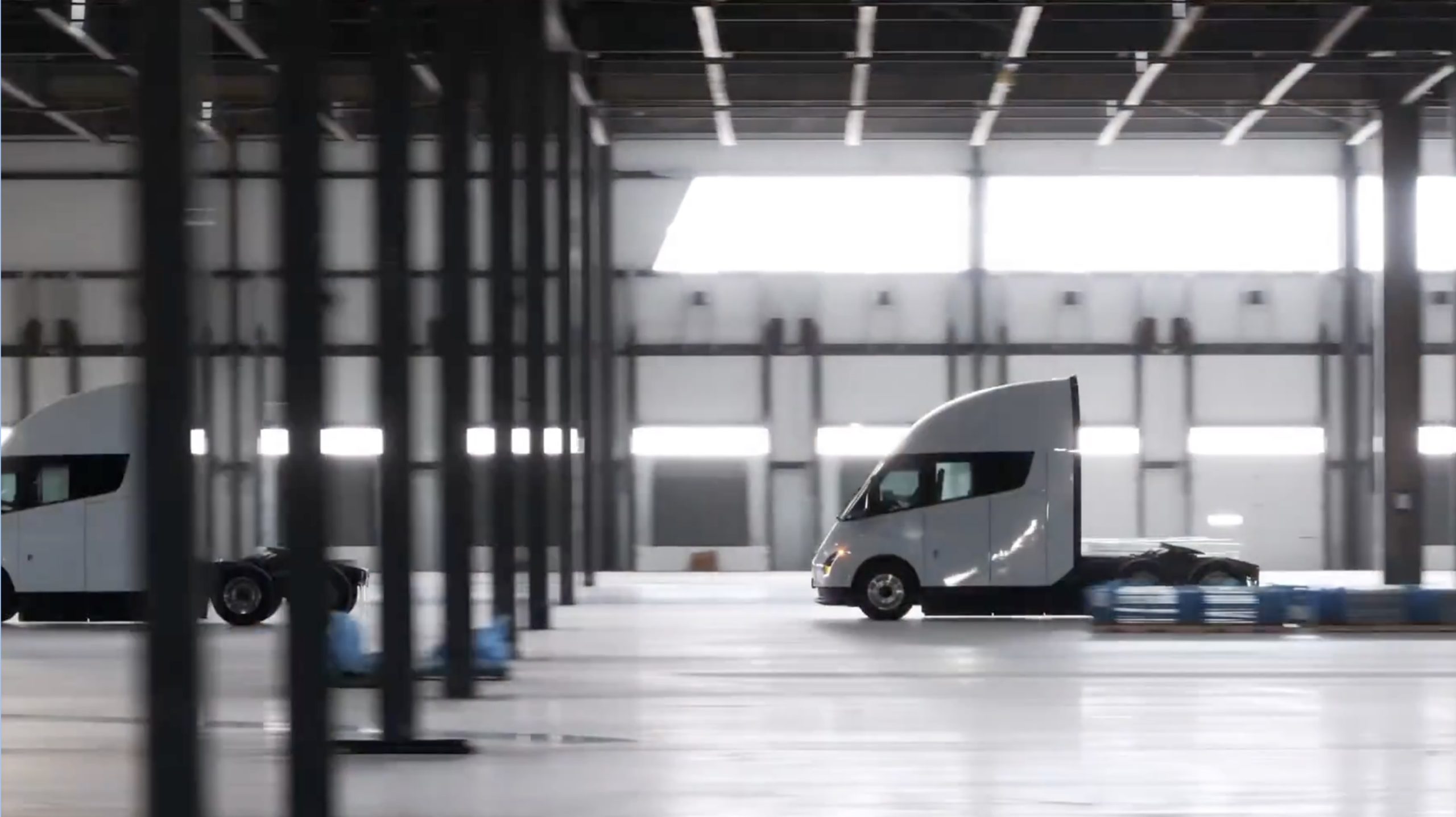
Tesla partner PepsiCo is set to build new Semi charging stations at one of its manufacturing sites, as revealed in new permitting plans shared this week.
On Friday, Tesla charging station scout MarcoRP shared plans on X for 18 Semi Megacharging stalls at PepsiCo’s facility in Charlotte, North Carolina, coming as the latest update plans for the company’s increasingly electrified fleet. The stalls are set to be built side by side, along with three Tesla Megapack grid-scale battery systems.
The plans also note the faster charging speeds for the chargers, which can charge the Class 8 Semi at speeds of up to 1MW. Tesla says that the speed can charge the Semi back to roughly 70 percent in around 30 minutes.
You can see the site plans for the PepsiCo North Carolina Megacharger below.
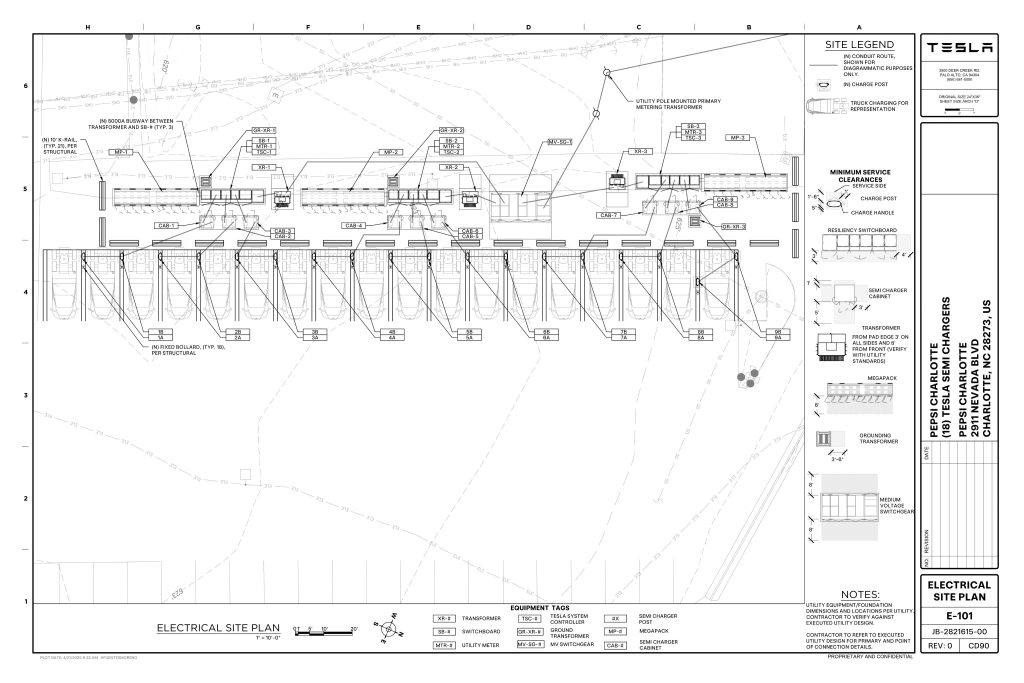
Credit: PepsiCo (via MarcoRPi1 on X)
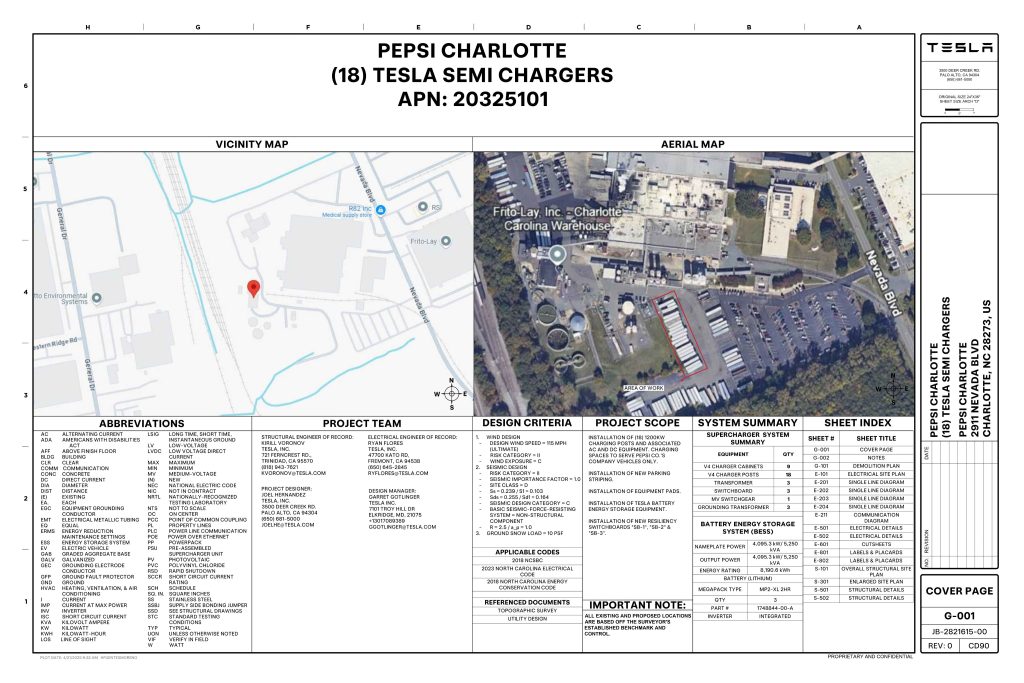
Credit: PepsiCo (via MarcoRPi1 on X)
READ MORE ON THE TESLA SEMI: Tesla to build Semi Megacharger station in Southern California
PepsiCo’s Tesla Semi fleet, other Megachargers, and initial tests and deliveries
PepsiCo was the first external customer to take delivery of Tesla’s Semis back in 2023, starting with just an initial order of 15. Since then, the company has continued to expand the fleet, recently taking delivery of an additional 50 units in California. The PepsiCo fleet was up to around 86 units as of last year, according to statements from Semi Senior Manager Dan Priestley.
Additionally, the company has similar Megachargers at its facilities in Modesto, Sacramento, and Fresno, California, and Tesla also submitted plans for approval to build 12 new Megacharging stalls in Los Angeles County.
Over the past couple of years, Tesla has also been delivering the electric Class 8 units to a number of other companies for pilot programs, and Priestley shared some results from PepsiCo’s initial Semi tests last year. Notably, the executive spoke with a handful of PepsiCo workers who said they really liked the Semi and wouldn’t plan on going back to diesel trucks.
The company is also nearing completion of a higher-volume Semi plant at its Gigafactory in Nevada, which is expected to eventually have an annual production capacity of 50,000 Semi units.
Tesla executive teases plan to further electrify supply chain
News
Tesla sales soar in Norway with new Model Y leading the charge
Tesla recorded a 54% year-over-year jump in new vehicle registrations in June.
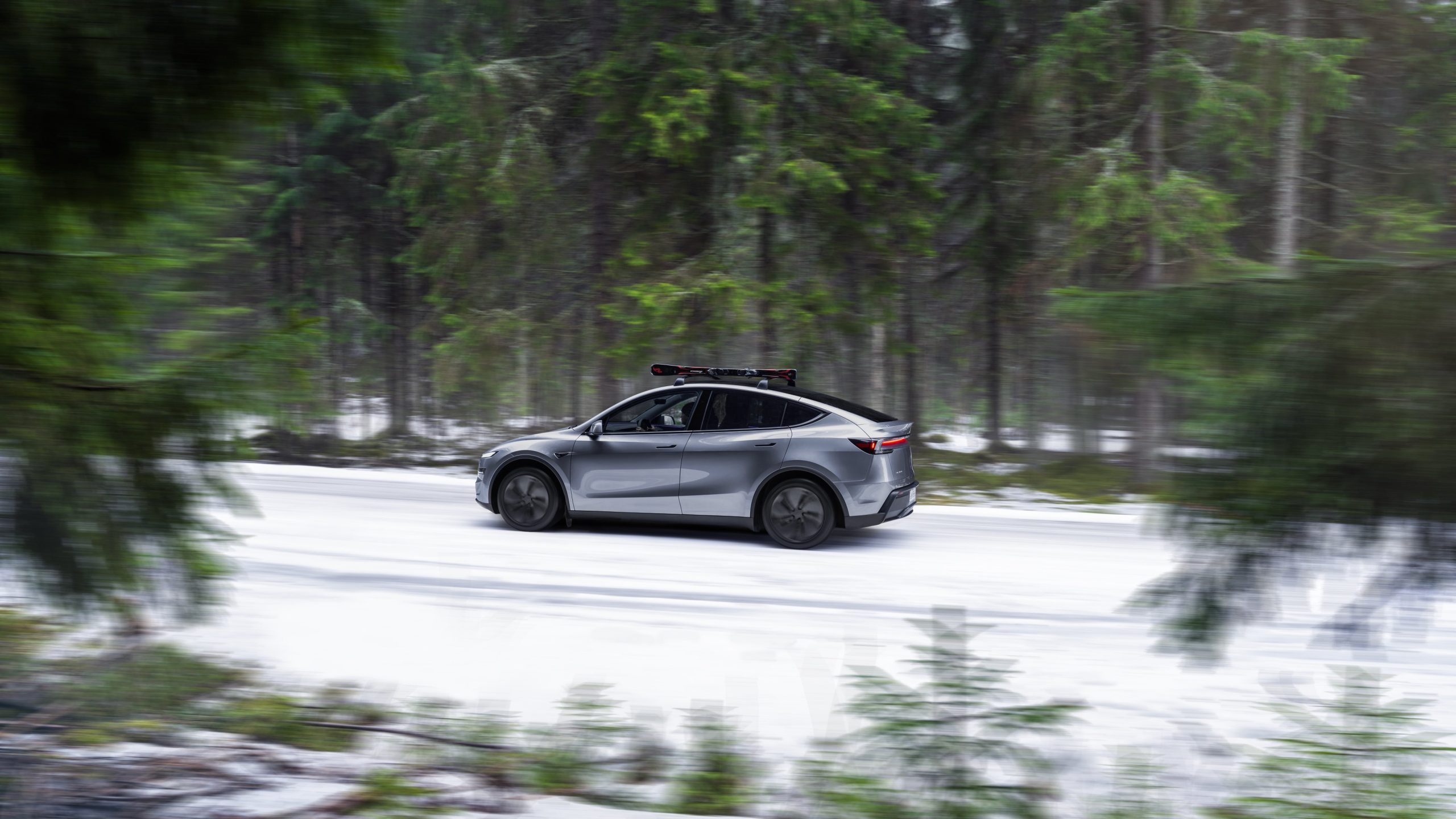
Tesla is seeing strong momentum in Norway, with sales of the new Model Y helping the company maintain dominance in one of the world’s most electric vehicle-friendly markets.
Model Y upgrades and consumer preferences
According to the Norwegian Road Federation (OFV), Tesla recorded a 54% year-over-year jump in new vehicle registrations in June. The Model Y led the charge, posting a 115% increase compared to the same period last year. Tesla Norway’s growth was even more notable in May, with sales surging a whopping 213%, as noted in a CNBC report.
Christina Bu, secretary general of the Norwegian EV Association (NEVA), stated that Tesla’s strong market performance was partly due to the updated Model Y, which is really just a good car, period.
“I think it just has to do with the fact that they deliver a car which has quite a lot of value for money and is what Norwegians need. What Norwegians need, a large luggage space, all wheel drive, and a tow hitch, high ground clearance as well. In addition, quite good digital solutions which people have gotten used to, and also a charging network,” she said.
Tesla in Europe
Tesla’s success in Norway is supported by long-standing government incentives for EV adoption, including exemptions from VAT, road toll discounts, and access to bus lanes. Public and home charging infrastructure is also widely available, making the EV ownership experience in the country very convenient.
Tesla’s performance in Europe is still a mixed bag, with markets like Germany and France still seeing declines in recent months. In areas such as Norway, Spain, and Portugal, however, Tesla’s new car registrations are rising. Spain’s sales rose 61% and Portugal’s sales rose 7% last month. This suggests that regional demand may be stabilizing or rebounding in pockets of Europe.
-

 Elon Musk2 weeks ago
Elon Musk2 weeks agoTesla investors will be shocked by Jim Cramer’s latest assessment
-

 Elon Musk2 days ago
Elon Musk2 days agoxAI launches Grok 4 with new $300/month SuperGrok Heavy subscription
-

 Elon Musk4 days ago
Elon Musk4 days agoElon Musk confirms Grok 4 launch on July 9 with livestream event
-

 News1 week ago
News1 week agoTesla Model 3 ranks as the safest new car in Europe for 2025, per Euro NCAP tests
-

 Elon Musk2 weeks ago
Elon Musk2 weeks agoA Tesla just delivered itself to a customer autonomously, Elon Musk confirms
-

 Elon Musk1 week ago
Elon Musk1 week agoxAI’s Memphis data center receives air permit despite community criticism
-

 News2 weeks ago
News2 weeks agoXiaomi CEO congratulates Tesla on first FSD delivery: “We have to continue learning!”
-

 News2 weeks ago
News2 weeks agoTesla sees explosive sales growth in UK, Spain, and Netherlands in June


